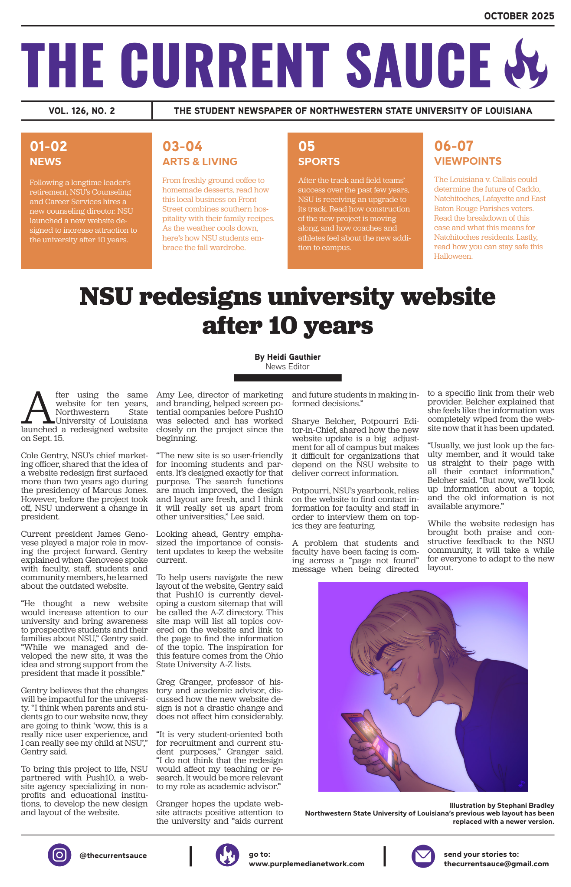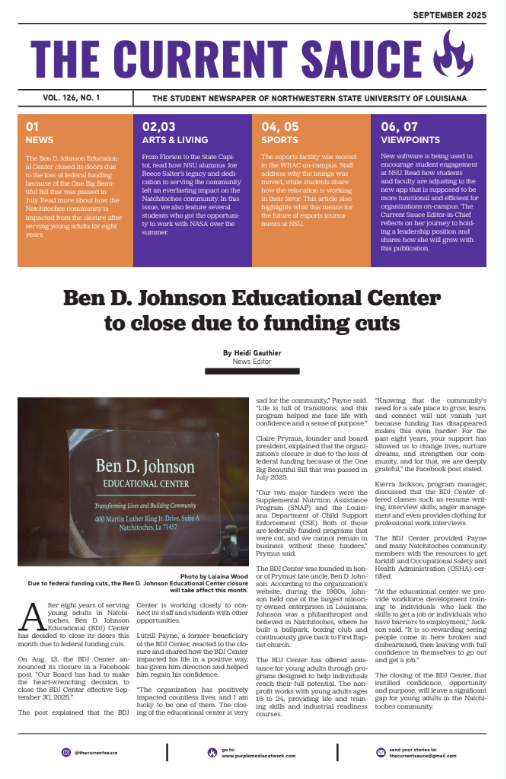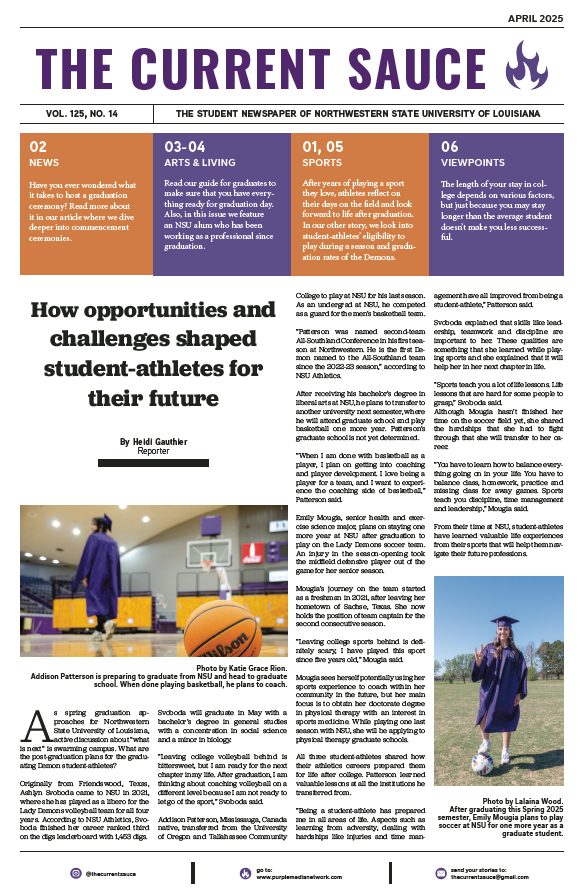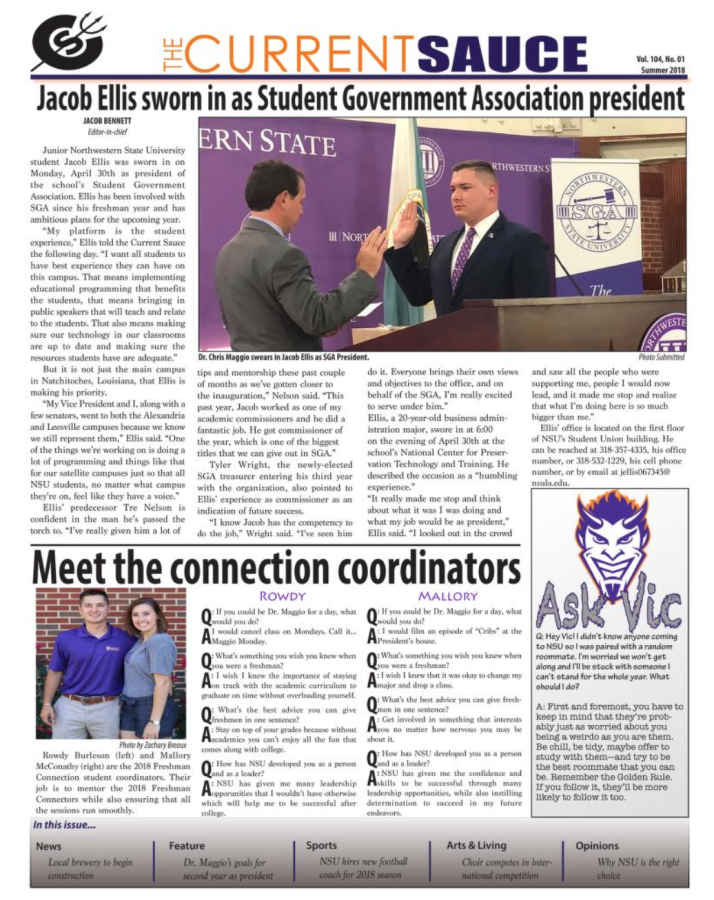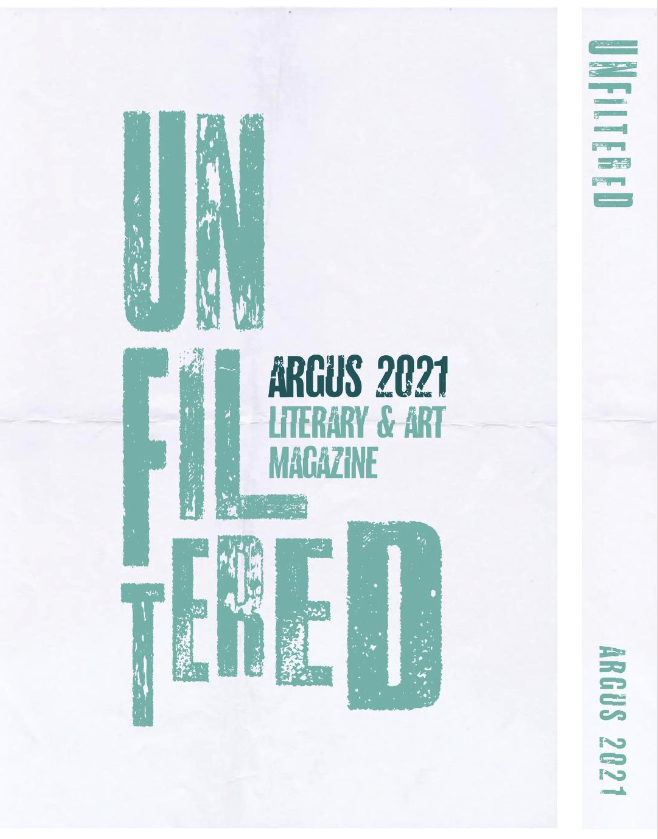College may be the first time that you are allowed to make your own decisions about spending your money. It feels rewarding to spend your (or your parents’) hard-earned cash on something that brings you pleasure. It is fun to accumulate stuff. And if something is less than five dollars, you might as well put it in your cart, right?
But do you ever wonder where your stuff comes from? Do you wonder what will happen when you throw it away?
Many people have a habit of overconsumption. We have all been guilty of buying things we don’t really need. It seems like no big deal at the moment, but these small purchases add up over time to leave a lasting footprint on your bank account, the economy and the environment.
Why are people so consumerist? It is our nature. Owning certain items is a way to display social and economic status. In ancient times, you could wear purple clothing colored with rare indigo dye to let the plebeians around you know that you were rich. Now, you can hang a Labubu doll on your bag. But trends, like ancient dyes, fade. What happens in a few months when your doll becomes passé?
You will throw it away, but it will still exist. The Labubu’s face will lie alongside millions of other plastic trinkets in a landfill, next to a Harry Potter Funko pop and a Furby from 1998. Overconsumption brings short-term satisfaction, but long-term consequences.
Clothing trends are one of the most troublesome sources of overconsumption. The fashion industry notoriously exhausts environmental resources. According to the United Nations Environment Assembly, the fashion industry has the second largest water consumption in the world, and clothing production accounts for two to eight percent of all carbon emissions.
This is in addition to grievous human rights violations. Human Rights Watch explains, “Workers in Cambodia’s garment factories—frequently producing name-brand clothing sold mainly in the United States, the European Union, and Canada—often experience discriminatory and exploitative labor conditions.”
Your money holds a lot of power. Every dollar spent on these cheaply mass-produced products goes right back to funding these offenses.
How can we be more conscientious consumers? It is important to be responsible about spending, especially as a college student. Before you buy something, evaluate whether you could actually benefit from it in life or if you are merely succumbing to a fad.
Consider the advertisements you are exposed to. Consumerism is instilled in us not only by commercials on TV, but also in more subtle and insidious ways. Internet personalities are paid to sell products to you.
Even harmless memes can influence what you buy, such as the Grimace Shake trend from 2023, which increased McDonald’s sales by 10.3 percent, according to the Wall Street Journal. Be wary of any “identity” that benefits a brand—are you really a “pumpkin spice latte girl,” or is Starbucks just excellent at selling those lattes to you?
As fall rolls around, think twice before you purchase new Halloween costumes, Thanksgiving decor or autumnal wardrobes. If you need to shop for these, similar items (sometimes of better quality) can be found secondhand.
Shopping secondhand is one of the best ways to be a more mindful consumer. Goodwill and other thrift stores offer a variety of things at very reasonable prices, and sometimes the proceeds benefit a charity, church or other organization.
Though they do not always house the most “trendy” wares, secondhand stores offer infinite options to explore your personal style without many of the drawbacks.
By avoiding unnecessary purchases, being mindful of ethical manufacturing and supporting secondhand stores, becoming more careful consumers allows us to save money and protect our planet. Every small lifestyle adjustment plays a role in changing the world. The next time you go shopping, think critically about what you are consuming and the footprint it will leave behind.

